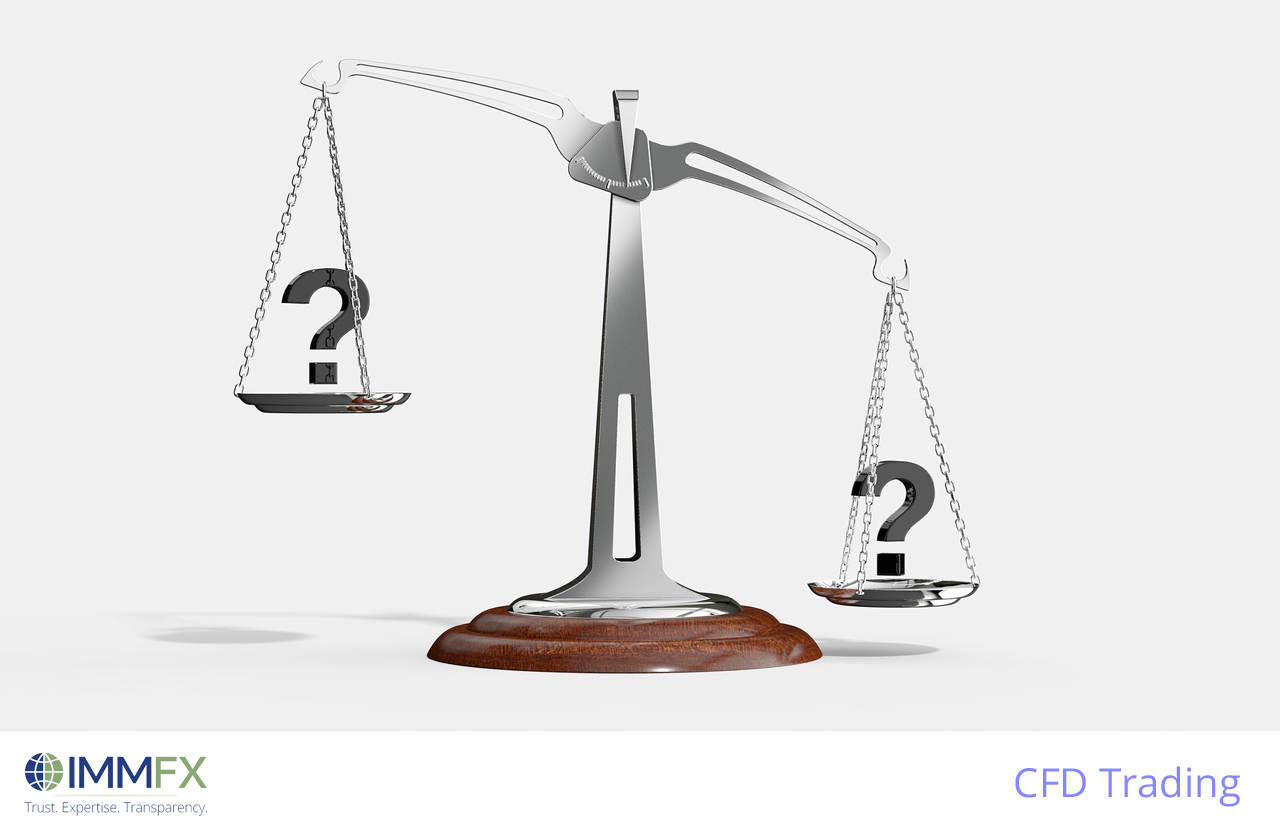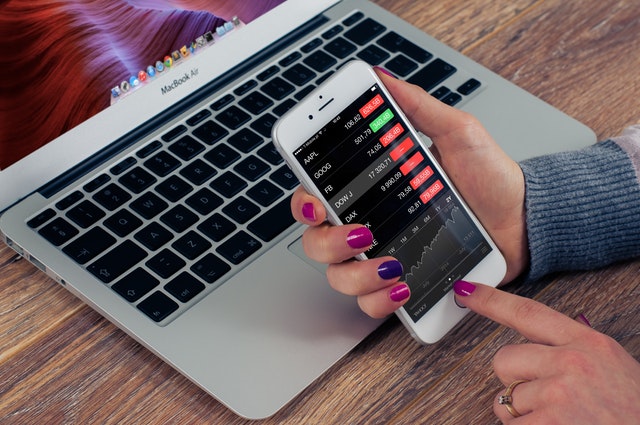CFDs (Contract for Differences) allow you to trade without having to own the underlying asset, plus you don’t have to pay the full amount in advance. You can trade CFDs by paying a small margin that is the percentage of the trade’s total value.
These are of some of the many distinct features of a CFD that make it stand apart from other tradable contracts in the market. Adding more to its popularity are the order types that make CFD trading more lucrative in terms of risk management. As the term suggests, CFD orders are actually orders or instructions that you give to your broker for performing a specific trade.
The following is a brief description of the popular CFD trading order types:
CFD Market Order
This is the most basic type of CFD order. A CFD market order enables you to advise your financial services broker to buy or sell the underlying asset at the best available current market price.
CFD Limit Order
A CFD limit order is an order to buy or sell the underlying asset at a specific rate called the limit price. A CFD limit order is grouped in the following two categories:
Limit Order To Buy: Suppose a company’s CFDs are currently trading at $15 per share. You can pass a limit order to buy the CFD of that company if the value falls below $14.50 per share. Here $14.50 is your limit price.
Limit Order To Sell: Continuing with the above example, let’s suppose you already have CFDs of the company that you intend to sell only if you get $16 per share. Here you can pass a limit order to sell the shares if the market price rises up to or above $16.
CFD limit orders are also used in forex trading.
CFD Stop Order
A stop order works in a similar manner as the limit order. A stop order enables you to set a stop price and instruct your broker to execute the trade if the market price reaches the stop price. Once it does, the stop order becomes the market order. Stop orders, also known as stop-loss orders, are frequently used in CFD, forex, and commodity trading. Stop orders are usually used by passive investors who hold an asset portfolio but can’t spare enough time to monitor the market and trade actively.
Let’s suppose you are one such investor who bought a lot of a company’s shares at $10 per share. The share price is on an increasing trend and went up to $20 within a month. However, you do not want to take any risks with it, considering the volatility of the market. In this case, you can place a stop order and ask your broker to sell the shares if the market price reaches $15 per share. In simple terms, you stop the broker from holding the CFDs or shares any further, provided that the price takes on a bearish trend. It means that regardless of the market conditions and the company’s performance, you will get at least $5 per share above your initial investment.
There are several other types of CFD orders like trailing stop, contingency order and if done orders; however, these are rarely used in CFD and forex trading. The most popular and useful CFD orders are the ones mentioned above. Summing up, CFD orders allow you to hedge your loss and minimize the risk in highly volatile markets.





